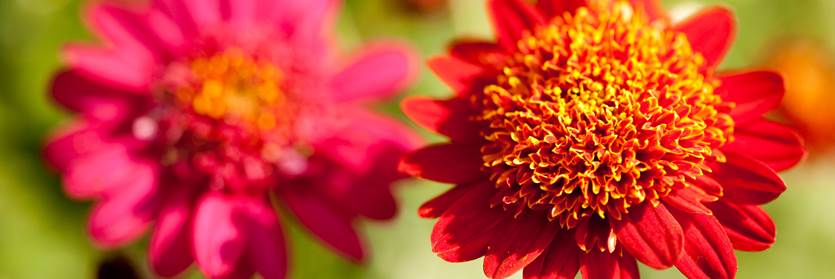Inside The New York Botanical Garden
Archive: July 2013
Posted in Gardens and Collections on July 9 2013, by Sonia Uyterhoeven
Sonia Uyterhoeven is the NYBG‘s Gardener for Public Education.
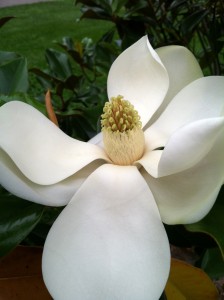 This morning when I was walking to my office I noticed that the southern magnolia, Bracken’s Brown Beauty (Magnolia grandiflora ‘Bracken’s Brown Beauty’) was in bloom. My first impulse was the right one—to go up to the voluptuous, velvety petals, shoo the bees and other insects away, and stick my nose into it.
This morning when I was walking to my office I noticed that the southern magnolia, Bracken’s Brown Beauty (Magnolia grandiflora ‘Bracken’s Brown Beauty’) was in bloom. My first impulse was the right one—to go up to the voluptuous, velvety petals, shoo the bees and other insects away, and stick my nose into it.
Not all magnolias have fragrances, but many do, and it is always worth investigating. ‘Bracken’s Brown Beauty’ has a distinctive lemon dishwashing detergent smell to it. It’s not a fragrance that is going to have you traveling from miles away to visit the flower, but it is nonetheless pleasant and worth a sniff or two.
Honestly, the fragrance is just a poor excuse to get close to the magnificent flower. The flower is substantial at 4-6” wide, with petals that are reminiscent of the undulating wings of a dove. Botanically speaking, since the petals and the sepals look so similar in a magnolia, they are classified as tepals. Sepals for the botanically less-inclined are the outer layer of the flower—in trees they are generally green leaf-like structures that protect the flower when it is in bud and then support it when in bloom.
Read More
Posted in Around the Garden, Photography on July 9 2013, by Matt Newman
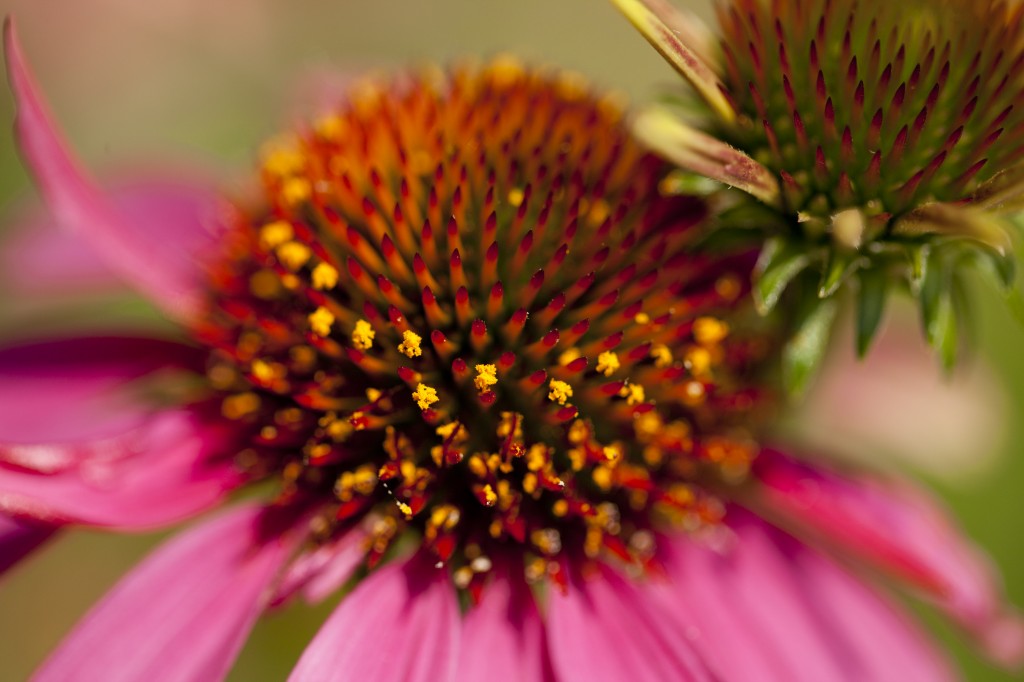
Photo by Ivo M. Vermeulen
Posted in Around the Garden, What's Beautiful Now, Wildlife on July 8 2013, by Joyce Newman
Joyce H. Newman holds a Certificate in Horticulture from The New York Botanical Garden and has been a Tour Guide for over seven years. She is the former editor of Consumer Reports GreenerChoices.org.
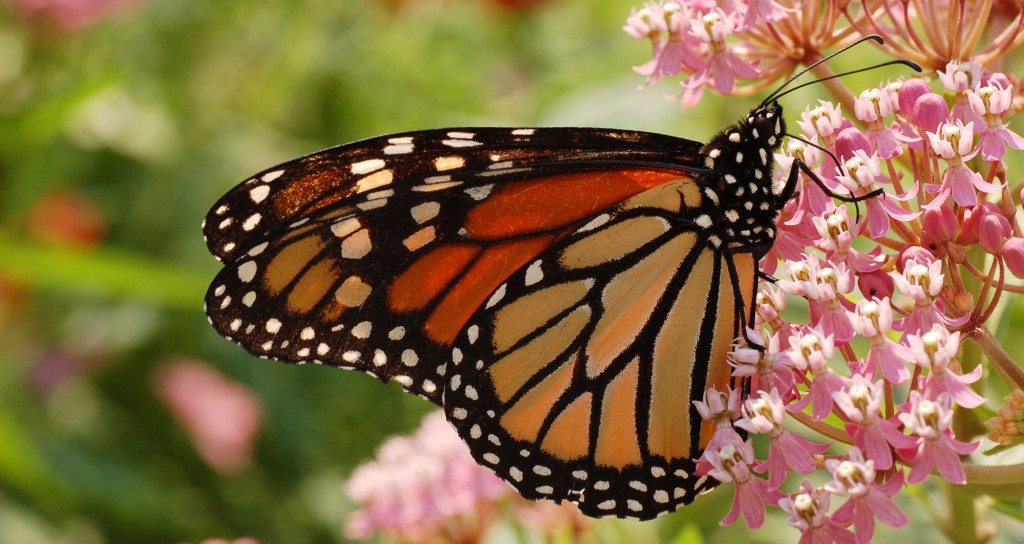
Monarch butterflies are among the most popular and prominent insects in the Native Plant Garden, easy to spot with their dramatically dark orange and black patterned wings. One reason for their high visibility and large numbers is actually their relationship with the tall milkweed plants, which are flowering now in the dry meadow. Without the milkweeds, we wouldn’t have the monarchs.
In fact, monarchs (Danaus plexippus) depend on milkweed throughout their entire life cycle—when they lay eggs and when their larvae, in caterpillar form, feed exclusively on milkweed.
Many different species of native milkweed provide nourishment for monarchs, including swamp milkweed, green, purple, redwing, whorled, and horney spider varieties. The dry meadow contains a total of more than 500 milkweed plants. Of these, by far the most numerous are the butterfly milkweed (Asclepias tuberosa).
Read More
Posted in Around the Garden, Photography on July 8 2013, by Matt Newman
I’ve kept up with this dahlia over the last while. It stands by its lonesome in the Perennial Garden, presiding like a lighthouse beacon over the flowers and foliage growing underneath. I’m a fan of its flamboyance.
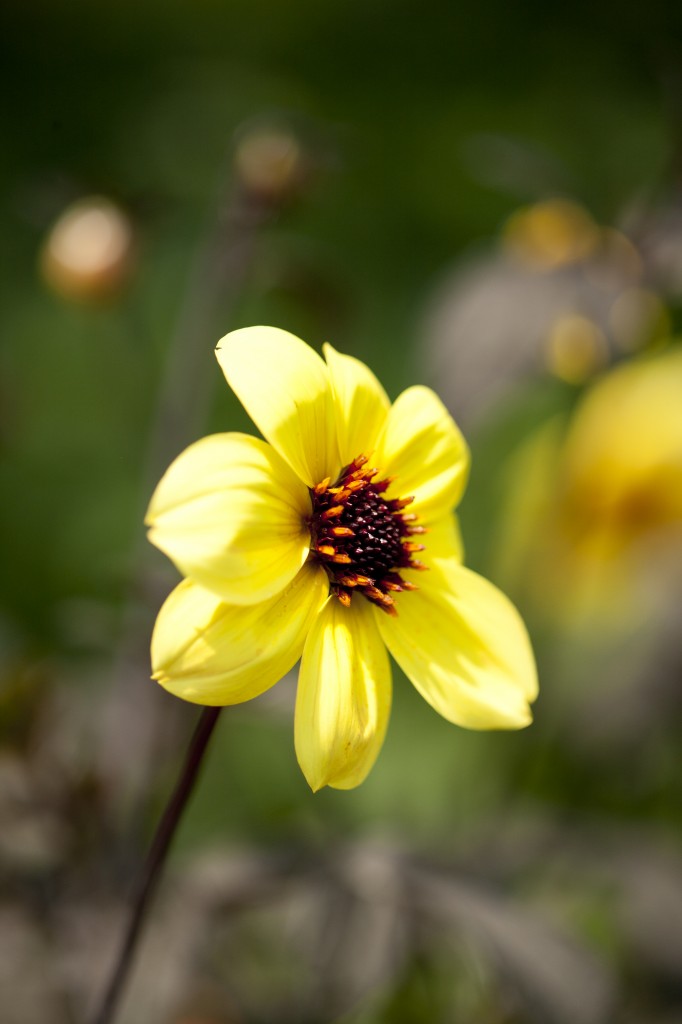
Dahlia ‘Mystic Illusion’ — Photo by Ivo M. Vermeulen
Posted in Around the Garden, Photography on July 7 2013, by Matt Newman
The Ruth Rea Howell Family Garden does a few things, and of what it does, it does this very, very well.
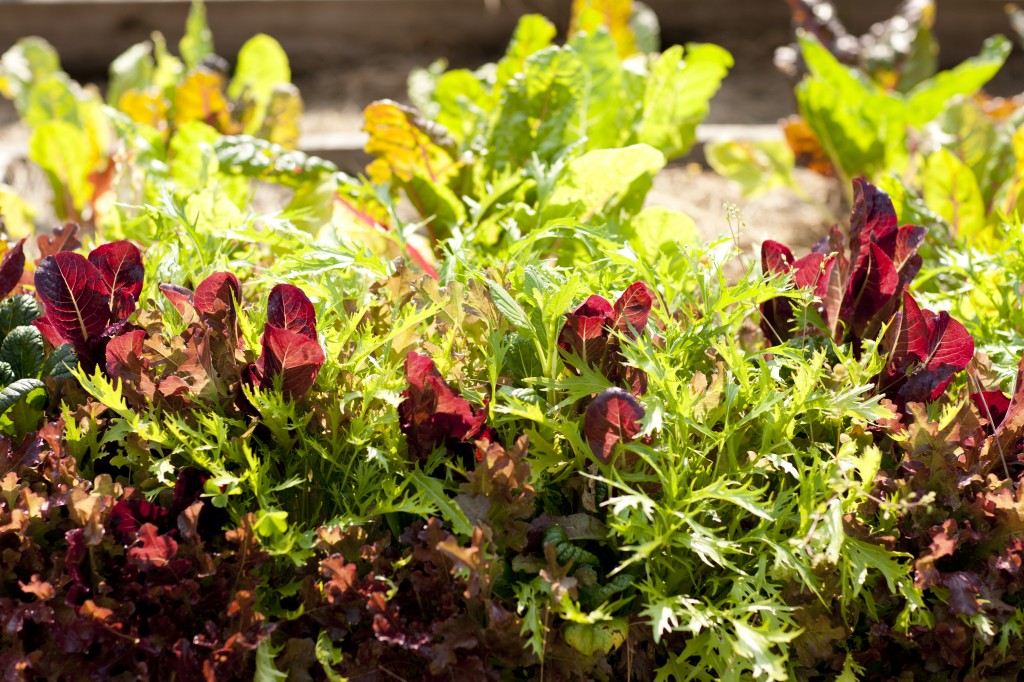
Photo by Ivo M. Vermeulen
Posted in Science on July 6 2013, by Anthony Kirchgessner
 Rusby, his health still failing, is calm and collected when confronted by bandits. But efforts to get to a lower, warmer altitude are proving difficult. Additionally, the expedition supplies arrive but with a heavy price tag.
Rusby, his health still failing, is calm and collected when confronted by bandits. But efforts to get to a lower, warmer altitude are proving difficult. Additionally, the expedition supplies arrive but with a heavy price tag.
In between the struggles of securing mules for the trip out of the mountains, paying for a botched shipping job, and battling the effects of dysentery, Rusby manages a few moments to sample the local flora, hopeful of the arrival of proper drying equipment.
OFFICIAL DIARY of the MULFORD BIOLOGICAL EXPLORATION OF THE AMAZON BASIN
H. H. RUSBY, DIRECTOR
WEDNESDAY, JULY 6, 1921
Last night was not only most uncomfortable, owing to the cold, but I became anxious about my poor lung condition. It was a great relief when morning and sunshine appeared, yet I felt very bad and a little discouraged as to my future. After breakfast, with strong coffee and a little strychnine, I felt somewhat better, but the slightest physical effort caused me to gasp severely for breath.
Read More
Posted in Around the Garden, Photography on July 6 2013, by Matt Newman
The Peggy Rockefeller Rose Garden doesn’t “quit” in the summer. It just settles in.
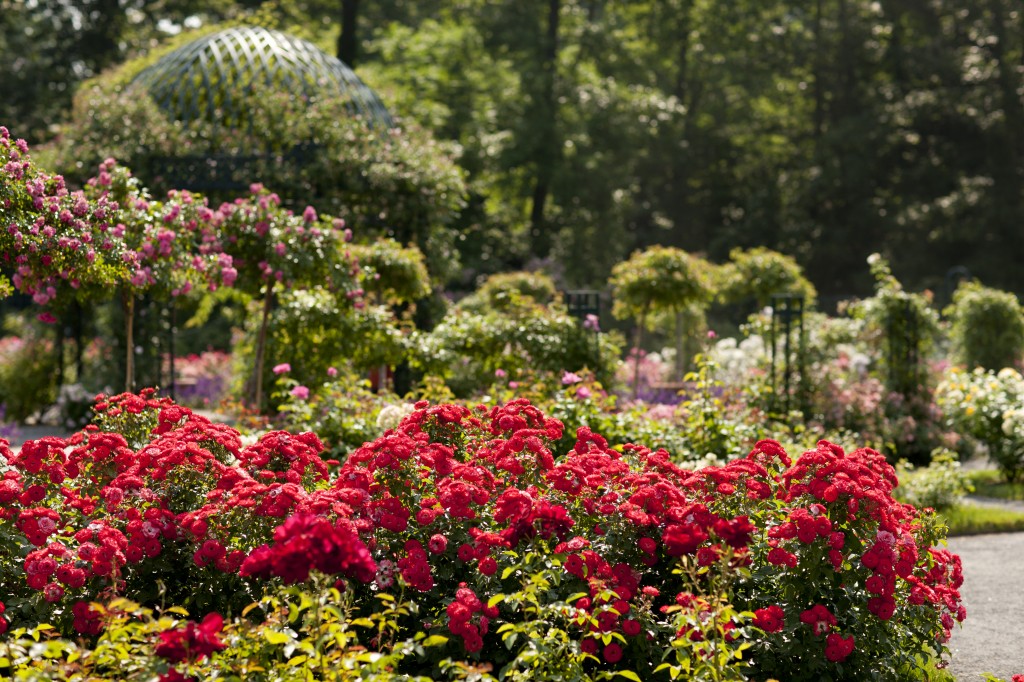
Photo by Ivo M. Vermeulen
Posted in Programs and Events on July 5 2013, by Matt Newman
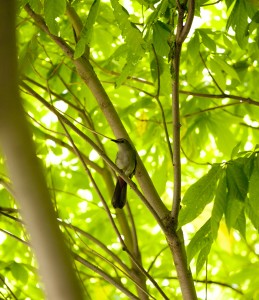 I hope everyone had a safe, colorful Independence Day! Our fireworks are still going, so to speak (these flowers last longer than your average bottle rocket). And we’re not wasting any time leaping into this “sort of” long weekend, either, with a packed schedule of Wild Medicine activities, music, dance, and gardening demos.
I hope everyone had a safe, colorful Independence Day! Our fireworks are still going, so to speak (these flowers last longer than your average bottle rocket). And we’re not wasting any time leaping into this “sort of” long weekend, either, with a packed schedule of Wild Medicine activities, music, dance, and gardening demos.
With Commedia dell’Arte lilting through the Renaissance in the Everett Children’s Adventure Garden and all things onions and garlic taking over the Ruth Rea Howell Family Garden for Sweet & Stinky, your kids won’t be at a loss for entertainment. Meanwhile, join us in the Home Gardening Center on Saturday or Sunday for Herbal Delights, our latest gardening demonstration highlighting the stack of appetizing ways you can make herbs the workhorse of your garden. You can even continue your edible education back in the Family Garden with one of our daily cooking demonstrations using fresh-picked ingredients.
We’ll be outside all weekend, enjoying the fruits of summer, so joining us wouldn’t be a bad idea! Check out the events below.
Read More
Posted in Around the Garden, Photography on July 5 2013, by Matt Newman
It’s July 5 and the fireworks are done with. Hopefully your eyes have readjusted to things that aren’t bursting into rainbow-colored sparks, and all those hot dogs will work themselves off in the course of the day. Anyway, I figured you could use some daylilies—because who doesn’t want more things that go ‘boom,’ figuratively speaking?
[Not a valid template]
Posted in Around the Garden, Photography on July 4 2013, by Matt Newman
Francis Scott Key may never have penned “the rockets’ pink glare,” but if he had, he’d be covered on the imagery front. Happy Independence Day, everyone! The NYBG is open today, so don’t hesitate to join us for your pre-fireworks adventures.
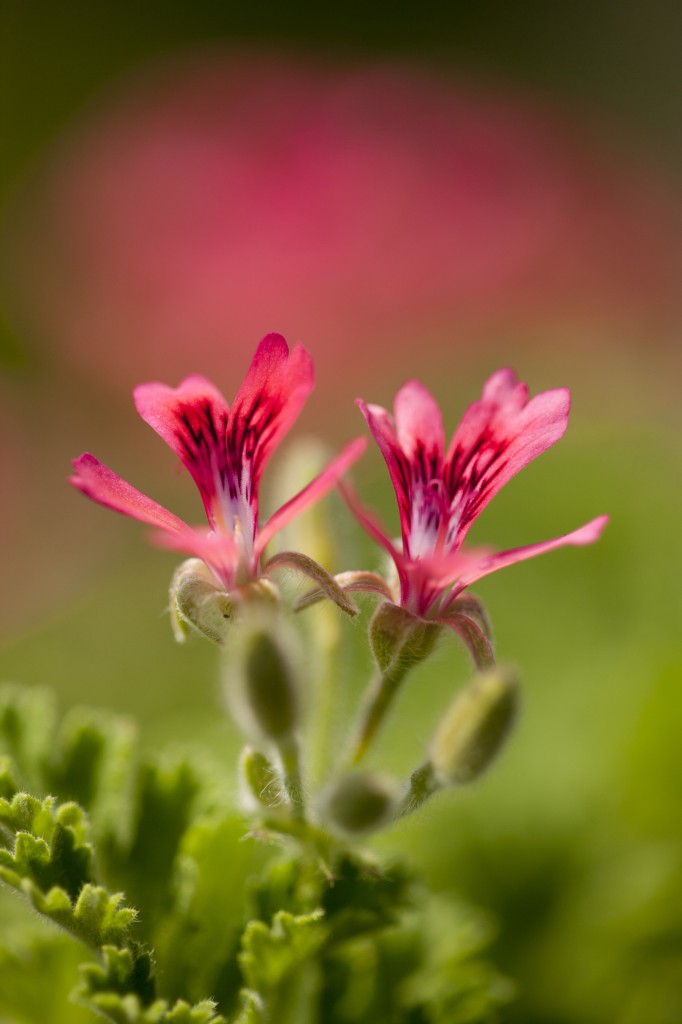
Photo by Ivo M. Vermeulen
 This morning when I was walking to my office I noticed that the southern magnolia, Bracken’s Brown Beauty (Magnolia grandiflora ‘Bracken’s Brown Beauty’) was in bloom. My first impulse was the right one—to go up to the voluptuous, velvety petals, shoo the bees and other insects away, and stick my nose into it.
This morning when I was walking to my office I noticed that the southern magnolia, Bracken’s Brown Beauty (Magnolia grandiflora ‘Bracken’s Brown Beauty’) was in bloom. My first impulse was the right one—to go up to the voluptuous, velvety petals, shoo the bees and other insects away, and stick my nose into it.